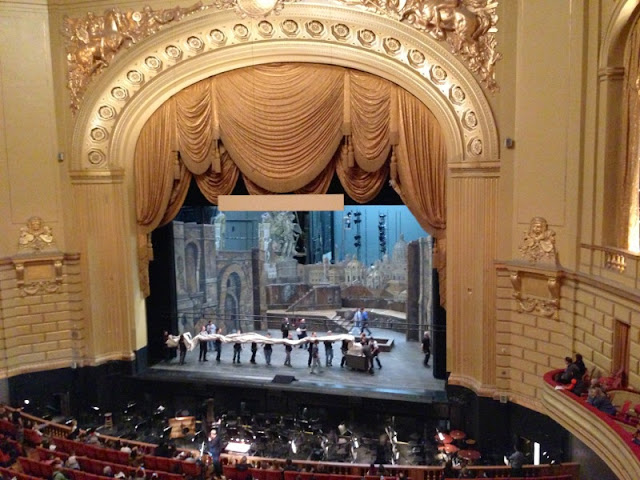Update
I continue to be part of the simulated training research group focusing on virtual reality, augmented reality. I have recently joined the AI research group nd the Immersive research group for the ambulance service. I add my voice to these research groups as a VR developer conversant in game engine development, as I focus specifically on safeguarding design. I am currently conducting a basic literature search in this field of research and I am on the mailing groups for various immersive, interactive, AI design and research conferences within healthcare. These will be added to the literature links in this blog. I also intend to revisit journals that cover similar topics within academia, entertainment, science and technology as this is likely to reveal further literature that will be useful when underpinning ‘Shepherd’s Shield’… my research project.

